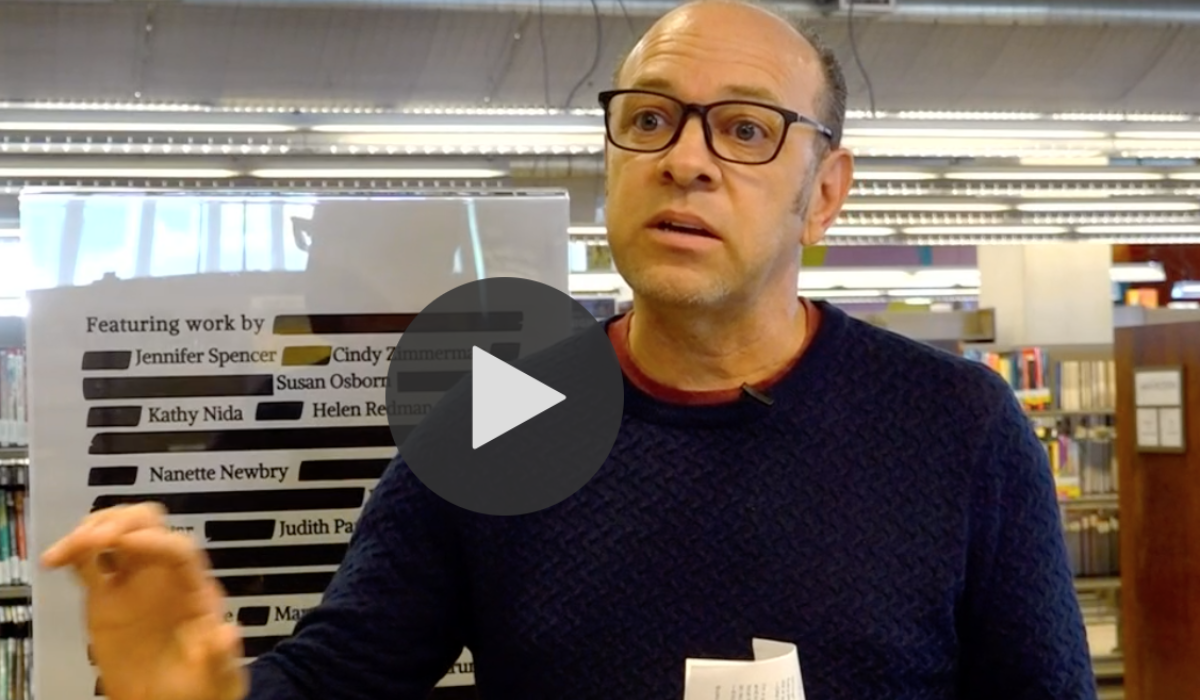No one would trust a bridge that’s faced decades of chronic neglect and lack of maintenance or investment. I’d have serious qualms about relying on that piece of essential infrastructure.
Unfortunately, our leaders have been content to treat our libraries, critical pillars of social infrastructure, as nice-to-have amenities rather than crucial community resources. And, like a neglected bridge, the San Diego Public Library (SDPL) system has fallen into disrepair – underfunded and under-resourced.
Essential infrastructure is about more than repairing bridges and filling potholes. Infrastructure makes our communities liveable, attractive, and thriving. The data is clear. Our libraries make our communities better educated, safer, and more culturally engaged.
Libraries are critical city infrastructure
Studies prove that new and modernized libraries significantly impact student achievement. A 2021 Federal Bank of Chicago study found library capital investments cause students to perform better on standardized tests.
A 2021 report examining crime data and library locations across the United States showed a“public library may reduce crime within its nearby proximity. In particular, we find within the nearby proximity of the library a substantial reduction of burglary, vandalism, robbery, fraud, and assault.”
And, Americans rely on their library to be culturally connected. Visiting a library, by far, is the most common U.S. cultural activity (Gallup, 2019), outpacing going to the movies, a sporting event, or a museum by more than double. In 2018, Americans checked out more than 2 billion items from U.S. libraries, including 750 million for children. That same year, at least 80 million attended a library program for children. In San Diego alone, the Public Library circulated 5,897,650 items, 2,671,000 children’s items, and 172,335 families attended children’s programs.
Libraries are a key piece of social infrastructure for our communities. It’s about time we started treating them that way.

Library programs, facilities, and materials need adequate funding to have a more meaningful community impact.
The Problem
The problem is that the City of San Diego has historically underfunded its libraries.
- San Diego has one of the lowest library budgets of any major metropolitan area. SDPL’s per-capita operating budget is less than 70 percent of California’s average.
- In contrast, with more than $7.5 million budgeted for books and resources, San Diego County’s library budget for books, materials, and e‑resources is more than three-and-a-half times larger than SDPL’s budget.
- Demand for library programs is high. Each year, the library puts on 6,000 programs. More than 4,0000 of these are for young people. The library’s low programming budget does not allow for additional programs to meet community needs.
- SDPL’s security spending is larger than its materials budget.
- The library system has over $50 million in deferred maintenance issues and no maintenance budget to address them.
For the FY25 budget, we are thankful that Mayor Gloria’s May Revise budget removes drastic cuts he included in the initial proposed budget. Still , this budget does nothing to correct historic city disinvestment in libraries.
The Solution
Libraries serve as the cornerstones of their communities – and it’s about time we start treating them as such. We propose:
San Diego keeps its word and takes steps to deliver on the vision of the Library Master Plan. In November of last year, the City Council unanimously adopted the plan, which provides a long-range vision and strategy for library facilities, technology, and programming. It offers an aspirational vision for an empowered, equitable, and engaging library system. The city must now act on this plan to modernize its branches, meet community needs, and become more geographically available across San Diego.
Reverse the trend of chronic library disinvestment. The city is falling further behind its Library Ordinance mandate to dedicate six percent of the general fund to libraries – more than $691 million behind in the past 22 years. Budget challenges force the library to shortchange the community with inequitable technology distribution, staffing, and inadequate books and materials spending.

Showing up to budget hearings makes a difference in library advocacy efforts.
Help make a difference
If you’d like to support your local public library, we urge you to join us and advocate for library needs. You can help now by:
- Become a library advocate by sharing your email address.
- Join us Friday, June 7 at 9 a.m. for a critical library budget meeting. Learn more.
- Support the Library Foundation SD’s advocacy efforts.
- Follow and share our advocacy work on Instagram, Facebook, LinkedIn, Twitter, TikTok, and YouTube.


